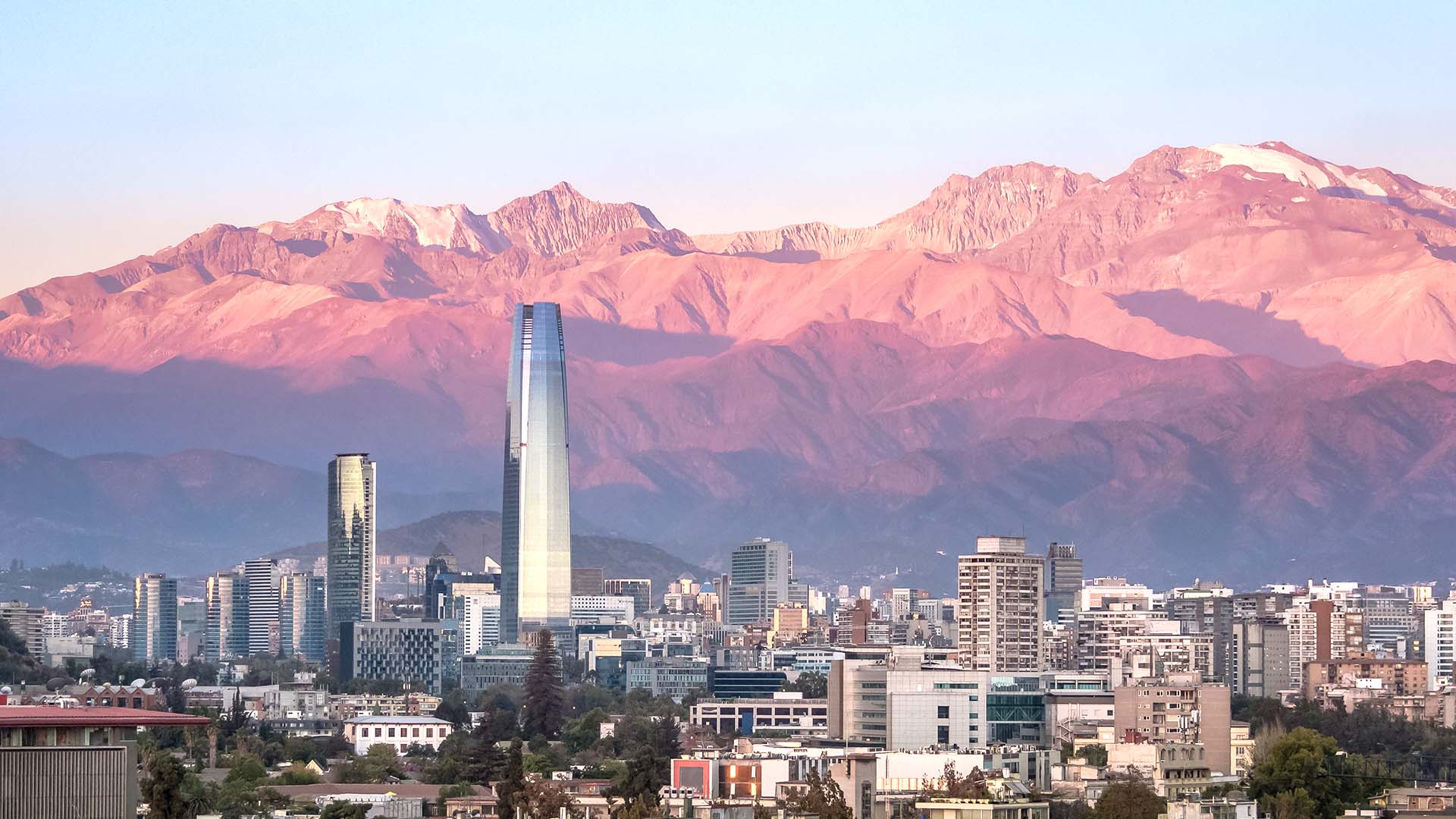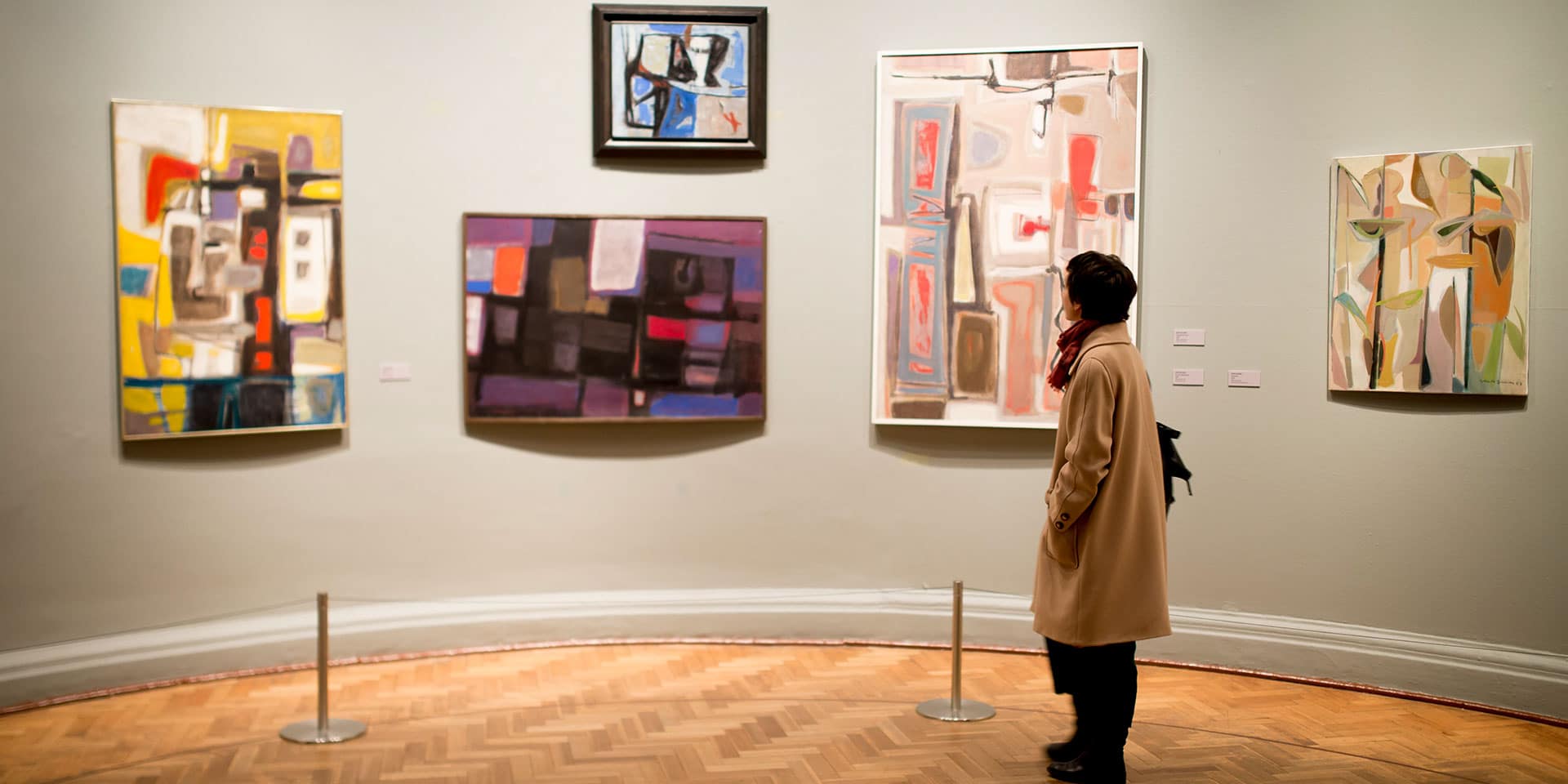Quick Guide
March and April are great months to visit Santiago. This is when fall sets in, so temperatures are cool but pleasant and the summer crowds begin to dissipate. By April, vivid red and yellow foliage blankets the city.
Springtime (September through November) brings breezy, sunny days and abundant blooms, making it a good time to go, as well.
Visas
U.S. citizens visiting for less than 90 days do not need to obtain a visa. Passports must be valid for at least six months beyond your planned date of departure.
Money
Local currency is the Chilean peso. ATMs are widely available. Credit cards are accepted at most hotels, restaurants and shops, but carrying cash is definitely recommended — especially for expenses like taxis and tipping.
Travel Health
Before traveling, research and prepare for what to do if you get sick while away.
Getting Here
Arturo Merino Benitez International Airport (SCL) is about 20 minutes west of central Santiago. The fastest, most convenient way to get downtown is to buy a flat-rate ticket from one of the taxi company counters. Budget-conscious travelers can use either the Centropuerto or TurBus bus services.
Getting Around
The metro is a fast, efficient way to get around — purchase a one-way fare or get a Bip! card. You can also use your Bip! card for the bus, which is inexpensive but less reliable than the metro. Taxis are readily available, and Uber operates in and around the city.
Biking is on the rise in Santiago; the main bike-share program is Bike Santiago, and there are 140 pickup and drop-off points located throughout the city.
Local Lingo
Spanish is the official language. Learning some simple greetings and phrases is highly recommended; you shouldn’t rely on people speaking English. Hola! – Hello! Gracias! – Thank you! De nada – You’re welcome. Hablas Ingles? – Do you speak English? Perdon! – Sorry! La cuenta, por favor. – The check, please.
Must-Have Apps
Insider Tip
Persa Bio Bío is a bustling open-air flea market on the outskirts of the city center. It’s a great place to buy souvenirs, people-watch and try local food.
March and April are great months to visit Santiago. This is when fall sets in, so temperatures are cool but pleasant and the summer crowds begin to dissipate. By April, vivid red and yellow foliage blankets the city.
Springtime (September through November) brings breezy, sunny days and abundant blooms, making it a good time to go, as well.
Visas
U.S. citizens visiting for less than 90 days do not need to obtain a visa. Passports must be valid for at least six months beyond your planned date of departure.
Money
Local currency is the Chilean peso. ATMs are widely available. Credit cards are accepted at most hotels, restaurants and shops, but carrying cash is definitely recommended — especially for expenses like taxis and tipping.
Travel Health
Before traveling, research and prepare for what to do if you get sick while away.
Getting Here
Arturo Merino Benitez International Airport (SCL) is about 20 minutes west of central Santiago. The fastest, most convenient way to get downtown is to buy a flat-rate ticket from one of the taxi company counters. Budget-conscious travelers can use either the Centropuerto or TurBus bus services.
Getting Around
The metro is a fast, efficient way to get around — purchase a one-way fare or get a Bip! card. You can also use your Bip! card for the bus, which is inexpensive but less reliable than the metro. Taxis are readily available, and Uber operates in and around the city.
Biking is on the rise in Santiago; the main bike-share program is Bike Santiago, and there are 140 pickup and drop-off points located throughout the city.
Local Lingo
Spanish is the official language. Learning some simple greetings and phrases is highly recommended; you shouldn’t rely on people speaking English. Hola! – Hello! Gracias! – Thank you! De nada – You’re welcome. Hablas Ingles? – Do you speak English? Perdon! – Sorry! La cuenta, por favor. – The check, please.
Must-Have Apps
Insider Tip
Persa Bio Bío is a bustling open-air flea market on the outskirts of the city center. It’s a great place to buy souvenirs, people-watch and try local food.
Did You Know?
did you know? At the Museo de la Memoria y los Derechos Humanos (Museum of Memory and Human Rights), visitors can get a sobering, immersive look at what life was like during Augusto Pinochet’s military dictatorship, from 1973 to 1990. It’s a must-see if you want to understand contemporary Chile.
Marriott Bonvoy Offers & Promotions
Enjoy exclusive offers on hotels stays and experiences in Santiago
Offers
Where to Stay
Book Over 30 Hotel Brands Around the World
9 Hotels
9

















